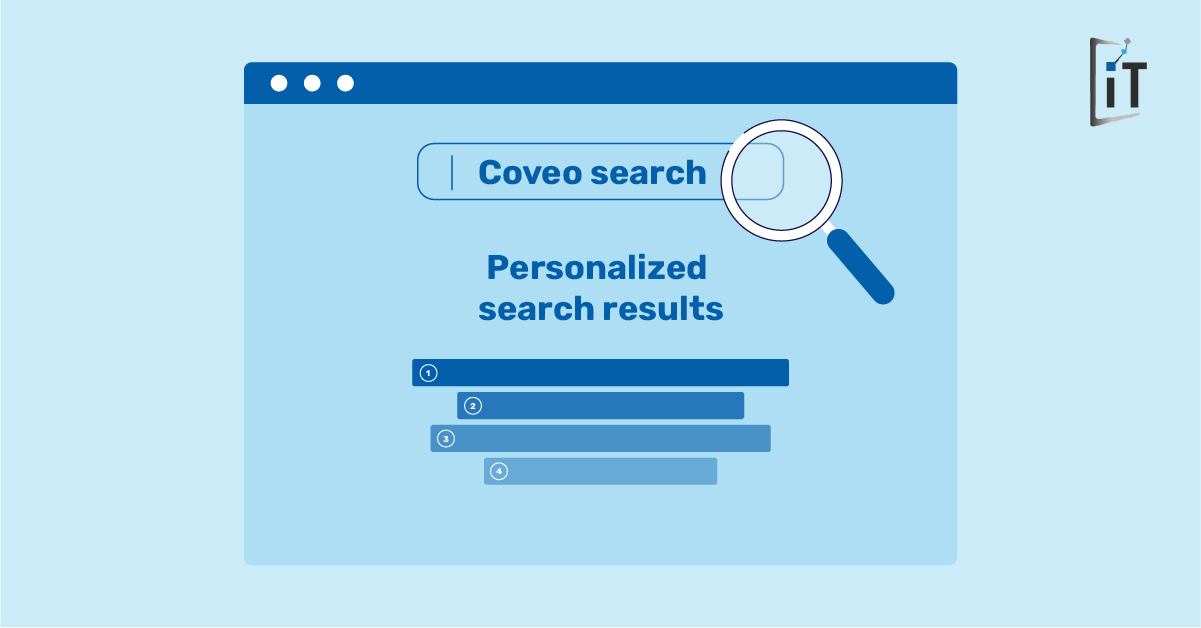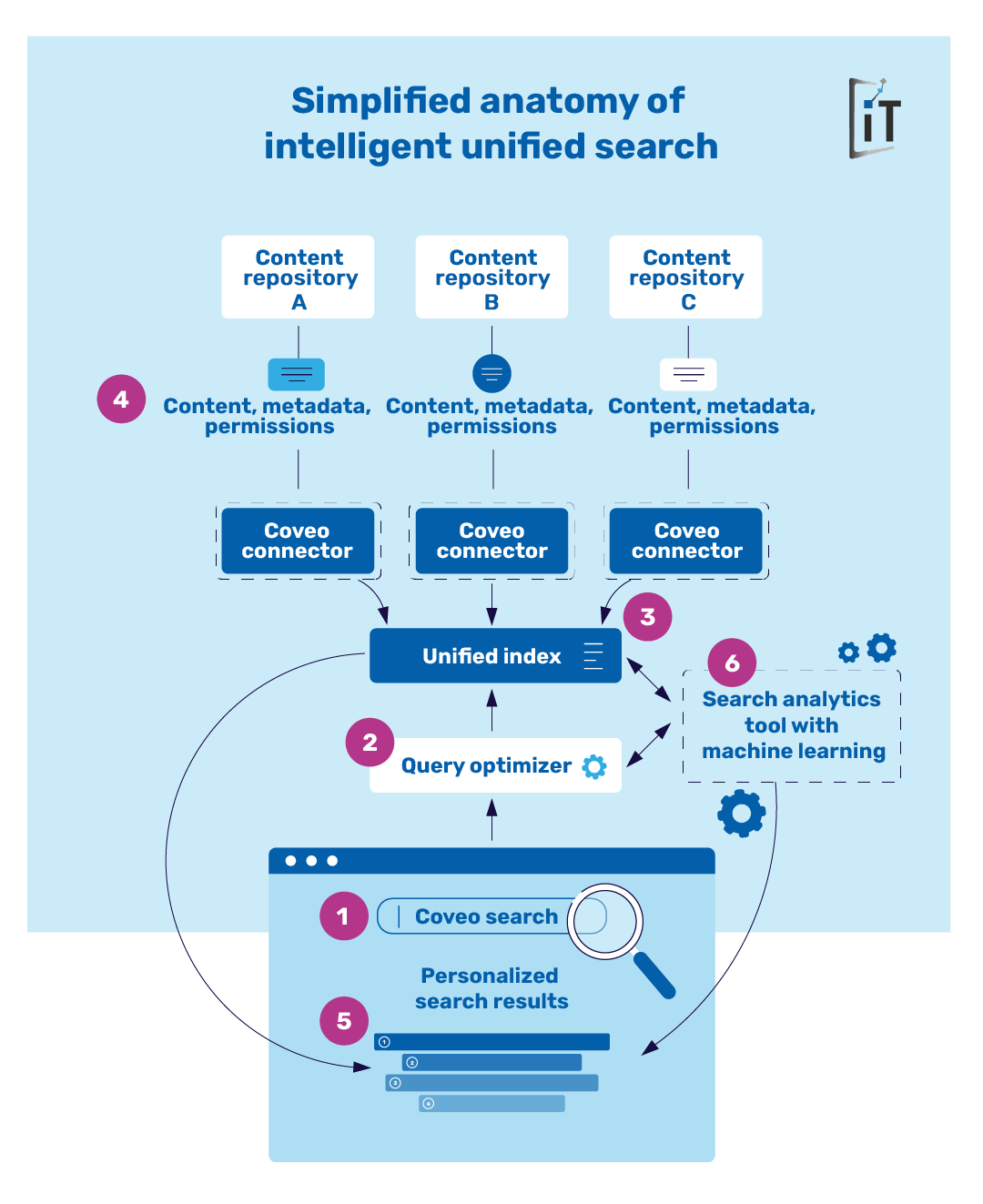What is intelligent unified search and why do enterprises need it?

The overwhelming proliferation of data and information is causing toggle fatigue. What is toggle fatigue, you may ask? It’s the annoyance and frustration of toggling between different apps or cloud properties to complete a task or find information.
According to a study published in Harvard Business Review, workers who were observed across three Fortune 500 companies spent an average of 9% of their workday toggling between apps and platforms, based on more than 1,000 toggles per day. It makes me fatigued just thinking about it!
Your company’s customers, employees and other stakeholders want (and expect) you to make finding information frictionless, fast, and easy. That’s why intelligent unified search is a key driver of customer experience. In this article, I provide a brief primer on unified search as well as a simplified anatomy so you can see how it works.
A brief history of search
The first search boxes allowed users to search the data repository associated with it. If you wanted to search a website, you used the search box on the website. But if the blog was hosted on a different server, then it had its own search box and its content would not come up on a website search. One search box, one repository.
Then something called federated search came along, which was an architecture that allowed a search engine to go and search multiple repositories in place (without replicating the data and aggregating the results into a single search interface).
But the proliferation of data sources, the vast quantities of information, and the increasingly rigorous expectations of users who want instant access to exactly what they are looking for without having to sift through pages of search results all have contributed to driving federated search into obsolescence.
Unified search to the rescue
Unified search is now the gold standard of enterprise search. It catalogs all of the data on all of the connected content repositories onto a single search index so the search engine can deliver results from all of the disparate sources with lightning speed.
The unified search architecture also allows additional functionality in the search box like autocomplete, suggesting related queries, and understanding queries even if they have syntax or spelling errors. Moreover, unified search enables more robust personalization by understanding which permissions a given user has and only delivering content they are authorized to access.
AI makes unified search even better
If unified search is the gold standard, then intelligent (AI-powered) unified search is the platinum standard because it adds relevance to the search. That means that it studies user behavior and compares it with the behavior of the broader body of users to understand search intent and ascertain which pieces of content are the most relevant for that specific person.
It then sorts the results according to relevancy on the user interface. Every interaction informs the next interaction, across platforms and channels, so the search engine is always learning and getting better at understanding and predicting what people are looking for.
Simplified anatomy of intelligent unified search
iTalent Digital partners with Coveo to deploy intelligent unified search for our enterprise customers. The diagram below shows how it works behind the scenes to deliver frictionless, fast, easy, relevant, and personalized results, for a premium user experience.

- The user enters a search query in the Coveo search box of any Coveo-integrated cloud platform (online community, blog, website, Salesforce, Zendesk, or other)
- The Coveo search service can be configured to add business domain-related synonyms that are triggered based on the search query. It uses these to optimize the query to ensure ideal results. Specifically, it intelligently and automatically adds company-defined synonyms and related terms that are relevant to the query so no pertinent content gets overlooked
- Coveo retrieves the applicable content from the company’s private, secure unified index deployed on Coveo Relevance Cloud™
- Entitled content (i.e., restricted according to user) is identified and Coveo retrieves the permissions to make sure the user has the proper authorization to see it (if not, then the content is not shown to the user)
- Personalized search results are surfaced to the user in order of relevance
- The search analytics and machine learning tool analyzes the larger body of user behavior (queries, results clicked on, etc.) to continuously improve the relevancy of the results and how they are organized on the user interface
To speak with us about your unique needs and how intelligent unified search can optimize the experience for your customers, employees and other stakeholders, contact us at search@italentdigital.com.
You may also like:
How AI-enabled enterprise search improves the customer experience
How generative AI will impact enterprise community user engagement
3 ways intelligent search and personalization future-proofs customer service



